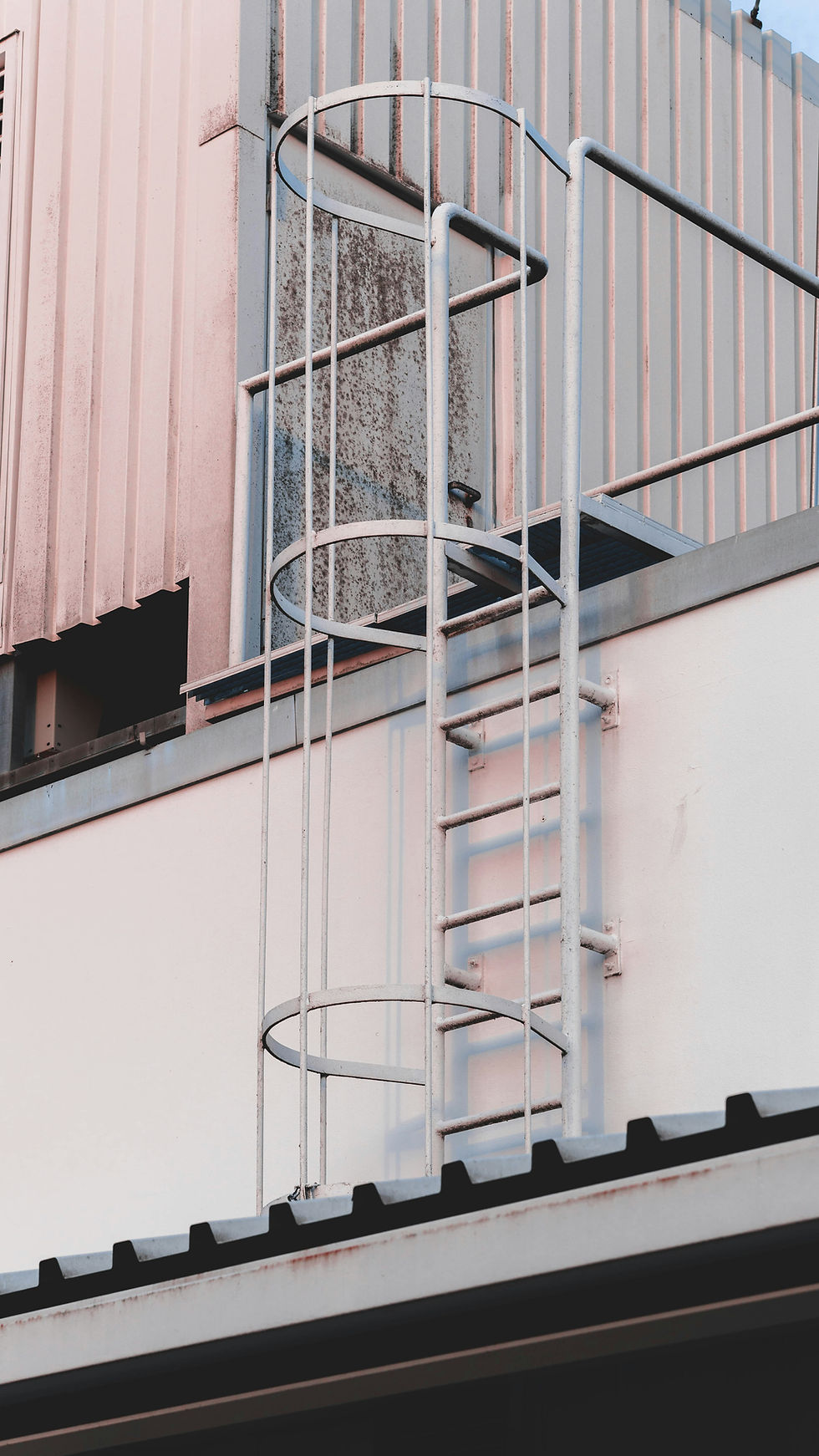Choosing the Best Aluminium Access Systems for Your Needs
- Staff Desk
- Jun 2
- 4 min read
Updated: Jul 30
This post contains sponsored content, affiliate links, and or paid guest contributions. We value transparency and strive to follow FTC guidelines.

What’s the real difference between one aluminium access system and another? If you’re dealing with elevated workspaces, tricky-to-reach areas, or strict safety requirements, that question matters a lot more than it might seem at first.
Not all access systems are created equal, and simply picking the first option that seems “good enough” can quickly lead to wasted time, unnecessary costs, or worse, compromised safety.
The right access system will support your job demands without overcomplicating your workflow. But choosing the best one isn’t always about specs or price. It’s about aligning the system with how, where, and why you’ll use it.
Why Aluminium?
Before diving into features and types, it’s worth understanding why aluminium is often the preferred material for access systems. From mobile platforms to permanent fixtures like caged ladders, aluminium access systems offer a strong mix of benefits that make them suitable for a wide range of environments.
Lightweight - Easier to transport, move, and adjust during jobs.
Corrosion resistant - Handles tough weather and long-term exposure without degrading.
Durable - Strong enough for demanding conditions, with good structural integrity over time.
Low maintenance - Fewer worries about rust or paint touch-ups.
This combination makes aluminium ideal for everything from construction sites to maintenance facilities.
Start With Purpose: What Are You Trying to Solve?
Different access systems suit different environments and tasks. So the first step isn’t to shop, it’s to think. What kind of access problem are you trying to solve?
Ask yourself:
Are you working at fixed heights or do you need adjustability?
Will the system stay in one place or be moved frequently?
Is the work area indoors, outdoors, or a bit of both?
How many users need access at once?
Do you need storage space, tools access, or added functionality?
Being clear on the environment and task helps narrow the field fast.
Types of Aluminium Access Systems
Here are the main categories and where they shine:
Mobile Work Platforms
Great for: Maintenance, inspection, warehouse tasks
These offer a safe, stable platform with guardrails and wheels. Look for lockable castors and anti-slip surfaces.
Scaffolding Systems
Great for: Construction and large-scale jobs
Modular designs make these suitable for complex builds. Choose systems that are easy to assemble and disassemble.
Ladders (Fixed or Mobile)
Great for: Repetitive vertical access to specific areas
Some designs are foldable or retractable. Prioritise load ratings and stability features.
Crossover Platforms
Great for: Factories and processing plants
These allow safe movement over obstacles like piping or conveyor systems. Height customisation is important here.
Custom-Built Access Solutions
Great for: Complex, irregular, or high-risk environments
If standard options don’t work, many systems can be adapted or designed to fit.
Safety Isn’t Optional
There’s no shortcut when it comes to safety. Aluminium access systems need to meet the same rigorous standards as any other type of equipment. If the structure looks strong but doesn’t meet local codes or regulatory requirements, it could put workers at risk and lead to serious legal consequences. Safety features should be built into the system, not added as an afterthought.
Guardrails, toe boards, and properly spaced handrails are essential in almost every setup. Surfaces should also offer good grip, especially if work is taking place in wet or dusty environments. Skid resistance isn’t something you notice until you need it, and by then it’s usually too late. Stability matters just as much. Whether the system is freestanding or fixed in place, it should hold steady under load and remain secure throughout the task.
Certification is another critical point. A system that’s been tested to comply with relevant standards offers more than just peace of mind. It means that the materials, welds, connections, and design have been properly assessed. If there’s ever a question around liability, compliance can make all the difference.
Function Shouldn’t Compete With Usability
A system can be packed with features and still end up slowing down the work. The most effective setups blend form and function so that using the system feels intuitive. This includes everything from how it’s set up, to how it adjusts, to how it’s stored after use. If a platform takes too long to assemble or demands too many tools, it will likely frustrate users and reduce productivity. Over time, that frustration can turn into misuse or skipped steps, which creates safety risks too.
What often gets overlooked is how the system fits into the rhythm of daily work. Does it need to be moved between locations frequently? Then weight, shape, and mobility features suddenly become major factors. Will it be used by multiple teams across different shifts? Then you need something easy to adjust and simple to train on.
Compact storage and quick deployment aren’t just nice to have. In many facilities, space is limited, and teams need to pack away equipment efficiently. Systems that collapse or nest well save time, reduce damage, and help extend the lifespan of the product.
Investing in What You Actually Need
It's easy to be drawn in by systems that offer every possible add-on, but it’s smarter to focus on what you actually need. Start with the demands of your task and build from there. If your work only ever requires access to a fixed height, a fully adjustable multi-level platform may be unnecessary. On the other hand, if your projects vary frequently, having that adaptability built in will pay off.
Don’t fall into the trap of overbuying, but also don’t cut corners on key functions. Think about not just what your current site needs, but where your operations might go in the next few years. A system that can be expanded, modified, or adapted is a better long-term investment than one that fits perfectly today but becomes obsolete tomorrow.
Make the Right Choice the First Time
Choosing an aluminium access system isn’t just a checklist exercise. It’s about supporting the way you work, making your site safer, and keeping operations smooth. When the access system fits your exact needs, everything else becomes easier, from compliance to productivity.
Don’t rush the choice. The best system won’t just get you from point A to point B; it’ll make sure you get there safely, efficiently, and without compromise.



Comments